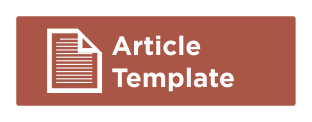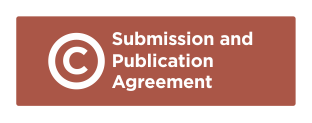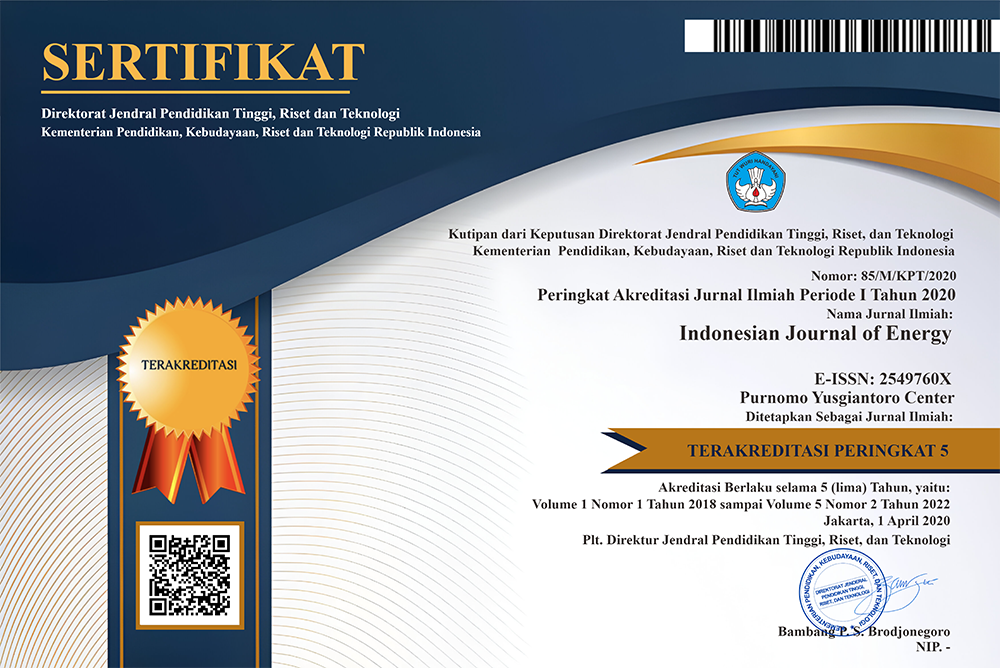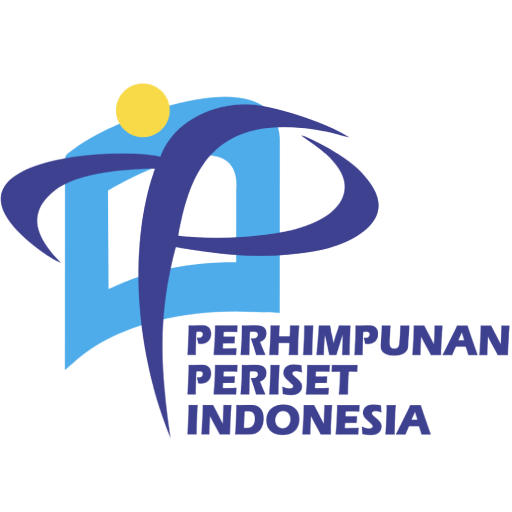Developing Innovative Financing Scheme for Leveraging Energy Efficiency Deployment in Indonesia
Abstract
Having great potential, a mechanism that can leverage private involvement in energy efficiency deployment should be developed in emerging markets such as Indonesia. This study aimed to formulate an implementable financial innovative scheme for leveraging energy efficiency deployment in the country. Scrutinizing relevant studies and interviewing relevant stakeholders such as the Ministry of Finance, Ministry of Energy and the Financial Institution, we formulated a blended financial scheme for an energy efficiency project. Main stakeholders will include the scheme, including fund facilitator, trustee, custodian bank and energy user/energy service company. In our proposed scheme, Indonesia Environment Fund (IEF) is obtained the fund from the fund facilitator. IEF will act as a trustee that delivers funds for the Custodian Bank. The bank will disburse the fund to the feasible energy efficiency project or through an energy service company. In this scheme, since banks get lower interest rate funds from the trustee, they will disburse the fund to the customer with a lower interest rate than a commercial rate. Consumers utilize the fund for their energy efficiency projects. Utilizing a proposed scheme to an energy efficiency project case study, it is found that the proposed scheme potentially reduces the interest rate and leverages the project viability in a certain condition. Doing the sensitivity analysis by comparing interest rate and IRR (Internal Rate of Return) in several loan periods, we found that the shorter period of the loan and lower interest rate can improve projects feasibility. For instance, simulating a 5-year loan, it is found that reducing the interest rate from 12% to 7% could improve up to 2% IRR of the project case. Therefore, the scheme can catalyze private-sector investments mobilization for energy efficiency deployment in the country. Furthermore, it can support the country's energy security enhancement.
Downloads
References
ADB. (2021). Energy policy: Supporting low carbon transition in Asia and the Pacific. ADB.
Aissa, N., & Hartono, D. (2016). The impact of geothermal energy sector development on electricity sector in Indonesia economy. Buletin Ekonomi Moneter Dan Perbankan, 19(2), 153–176.
Benn, C. S., & Hos, T. (2017). Amounts mobilised from the private sector by Official Development Finance interventions: Guarantees, syndicated loans, shares in collective investment vehicles, direct investment in companies, credit lines. OECD Development Co-Operation Working Papers, 36.
Bielenberg, A., Kerlin, M., Oppenheim, J., & Roberts, M. (2016). Financing change: How to mobilize private-sector financing for sustainable infrastructure. McKinsey Center for Business and Environment, 24–25.
Garrett-Peltier, H. (2017). Green versus brown: Comparing the employment impacts of energy efficiency, renewable energy, and fossil fuels using an input-output model. Economic Modelling, 61, 439–447.
Halimatussadiah, A., Widyasanti, A. A., Damayanti, A., Verico, K., Qibthiyyah, R. M., Kurniawan, R., Rezki, J. F., Rahardi, F., Sholihah, N. K., Budiantoro, S., Halimatussadiah, A., Cesarina, A., Siregar, A. A., Hanum, C., Wisana, D., Rahardi, F., Bintara, H., Rezki, J. F., Husna, M., … Sofiyandi, Y. (2020). Thinking ahead : Indonesia’ s agenda on sustainable recovery from COVID -19 pandemic. LPEM.
Hepburn, C., O’Callaghan, B., Stern, N., Stiglitz, J., & Zenghelis, D. (2020). Will COVID-19 fiscal recovery packages accelerate or retard progress on climate change? Oxford Review of Economic Policy, 36.
IEA. (2021a). It’s time to make clean energy investment in emerging and developing economies a top global priority. IEA.
IEA. (2021b). Net zero by 2050. A roadmap for the global energy sector. IEA
IEF. (2021). Fund management by IEF and strategic plant development. IEF.
IRENA. (2021). World Energy Transitions Outlook. IRENA
Kurniawan, R., & Feinnudin, A. (2021). Assessing the Implementation of the Energy Management System in the First ISO 50001 Building in Indonesia. Indonesian Journal of Energy, 4(2), 129–139.
Kurniawan, R., Trencher, G. P., Edianto, A. S., Setiawan, I. E., & Matsubae, K. (2020). Understanding the multi-faceted drivers of increasing coal consumption in Indonesia. Energies, 13(14), 1–22. https://doi.org/10.3390/en13143660
Li, W., Nguyen, Q. T., & Narayanaswamy, M. (2016). How banks can seize opportunities in climate and green investment. International Finance Corporation. https://doi.org/10.1596/30353
Li, Z., Liao, G., Wang, Z., & Huang, Z. (2018). Green loan and subsidy for promoting clean production innovation. Journal of Cleaner Production, 187, 421–431.
McNeil, M. A., Karali, N., & Letschert, V. (2019). Forecasting Indonesia’s electricity load through 2030 and peak demand reductions from appliance and lighting efficiency. Energy for Sustainable Development, 49, 65–77.
Mustapha, A. P., & Gavas, M. (2014). Blended finance for infrastructure and low-carbon development.
Nurcahyanto, Simsek, Y., & Urmee, T. (2020). Opportunities and challenges of energy service companies to promote energy efficiency programs in Indonesia. Energy, 205, 117603. https://doi.org/10.1016/j.energy.2020.117603
OECD. (2018). Making blended finance work for the sustainable development goals. OECD Publishing. https://doi.org/10.1787/9789264288768-en
OECD DAC. (2017). Blended finance principles for unlocking commercial pinance for the SDGs”, Annex to the DAC High Level Communiqué of 31 October 2017. OECD.
PYC. (2021). Primary Energy Supply. PYC
Selvakkumaran, S., & Limmeechokchai, B. (2013). Energy security and co-benefits of energy efficiency improvement in three Asian countries. Renewable and Sustainable Energy Reviews, 20, 491–503.
Steckel, J. C., & Jakob, M. (2018). The role of financing cost and de-risking strategies for clean energy investment. International Economics, 155, 19–28.
Torvanger, A., Narbel, P., Pillay, K., & Clapp, C. (2016). Instruments to incentivize private climate finance for developing countries. CICERO. https://cicero.oslo.no/en/publications/internal/2836
Trotta, G. (2020). Assessing energy efficiency improvements and related energy security and climate benefits in Finland: An ex post multi-sectoral decomposition analysis. Energy Economics, 86, 104640.
USAID. (2021). Overcoming barriers to energy efficiency financing. USAID
Wacket, E., & Markus, P. (2021). In climate push, G7 agrees to stop international funding for coal. Reuters.
Waissbein, O., Glemarec, Y., Bayraktar, H., & Schmidt, T. (2013). Derisking renewable energy investment. A framework to support policymakers in selecting public instruments to promote renewable energy investment in developing countries. United Nations Development Programme, 1–156.
World Economic Forum. (2016). Insights from blended finance investment vehicles & facilities, redesigning development finance initiative.
Zheng, S., Wang, R., Mak, T. M. W., Hsu, S.-C., & Tsang, D. C. W. (2021). How energy service companies moderate the impact of industrialization and urbanization on carbon emissions in China? Science of The Total Environment, 751, 141610.
















